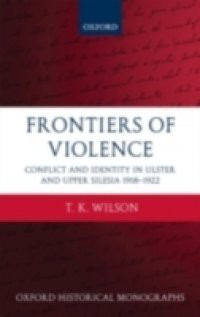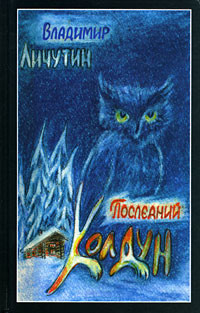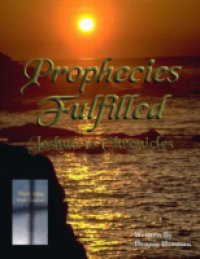In the years after the First World War both Ulster and Upper Silesia saw violent conflicts over self-determination. The violence in Upper Silesia was more intense both in the numbers killed and in the forms it took. Acts of violation such as rape or mutilation were noticeably more common in Upper Silesia than in Ulster. Examining the nature of communal boundaries, Timothy Wilson explains the profound contrasts in these experiences of plebeian violence. In Ulster the rival communities were divided by religion, but shared a common language. In Upper Silesia, the rival sides were united in religion-92 per cent of the local population being Catholic-but ostensibly divided on linguistic grounds between German and Polish speakers. In practice, language in Upper Silesia proved a far more porous boundary than didreligion in Ulster. Language could not always be taken as a straightforward indication of national loyalties. At a local level, boundaries mattered because without them there could not be any sense of security. In Ulster, where communal identities were already clearly staked out, militants tended to concentrate on the limited task of boundary maintenance. In Upper Silesia, where national identities were so unclear, they focused upon boundary creation. This was a task that required more 'transgressive' violence. Hence atrocity was more widely practised in Upper Silesia because it could, and did, act asa polarizing force.



 9.67 (46)
9.67 (46) 














